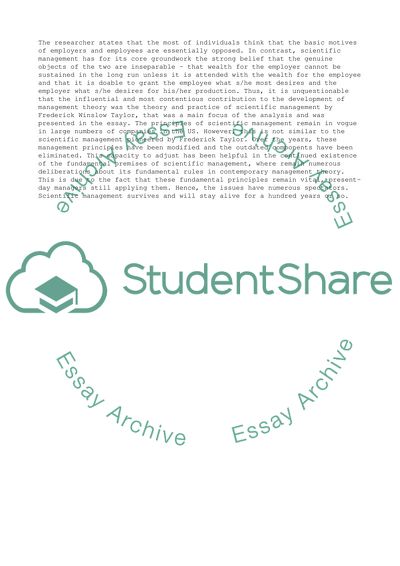Cite this document
(“The Development of the Scientific Management Theory Research Paper - 1”, n.d.)
Retrieved from https://studentshare.org/management/1426369-the-development-of-the-scientific-management-theory
Retrieved from https://studentshare.org/management/1426369-the-development-of-the-scientific-management-theory
(The Development of the Scientific Management Theory Research Paper - 1)
https://studentshare.org/management/1426369-the-development-of-the-scientific-management-theory.
https://studentshare.org/management/1426369-the-development-of-the-scientific-management-theory.
“The Development of the Scientific Management Theory Research Paper - 1”, n.d. https://studentshare.org/management/1426369-the-development-of-the-scientific-management-theory.


